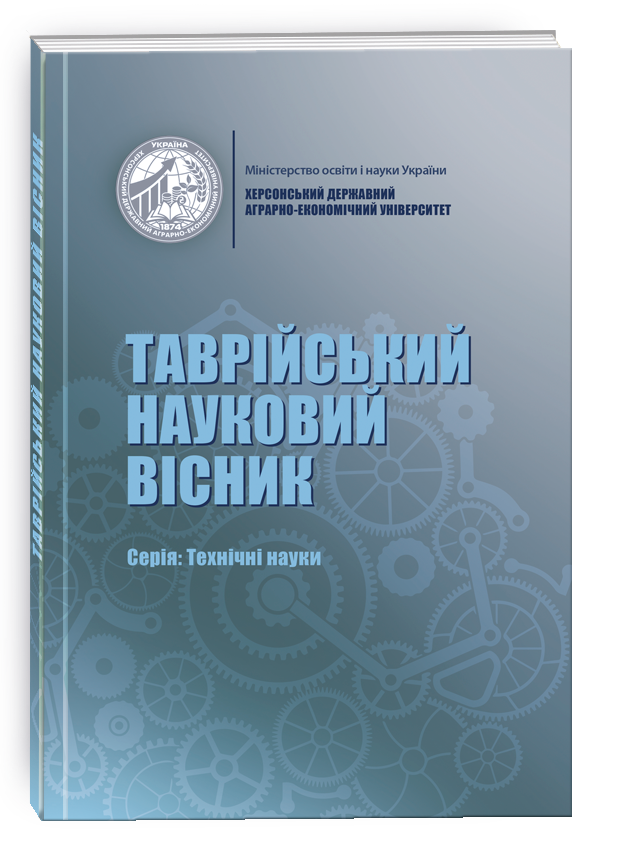EFFICIENCY OF APPLICATION OF LSTM NEURAL NETWORK LAYERS FOR THE PROBLEM OF CLASSIFICATION OF EMOTIONS ON HUMAN FACE
DOI:
https://doi.org/10.32782/tnv-tech.2024.4.4Keywords:
LSTM, convolutional neural network, emotion classification, FER2013, emotion prediction, neural networks, image processing.Abstract
The article thoroughly examines the effectiveness of long short-term memory (LSTM) layers for solving the task of emotion classification on human facial images. Particular attention is paid to comparing the performance of two models: a standard convolutional neural network (CNN) and a hybrid model that includes LSTM layers. The results of the study show that although CNN slightly outperforms LSTM on clean data in terms of quality metrics, LSTM demonstrates significantly better performance under noisy conditions. This is especially important for tasks related to emotion recognition in real-world scenarios, where noise is a common factor that can affect the system's accuracy. Additionally, LSTM offers advantages not only in noise resistance but also in data processing speed and a smaller number of parameters, making it much more efficient in terms of computational resource usage. The article also explores the potential of LSTM for predicting changes in emotional states, which opens new perspectives for the analysis of emotional dynamics. This capability is crucial for building future emotion-oriented systems, where not only recognition accuracy but also the ability to anticipate changes in users' emotions is essential. The models were trained on the FER2013 dataset, which includes images of seven different emotion categories, providing a comprehensive approach to model evaluation. The study emphasizes the practical potential of LSTM for use in real-world emotion recognition systems, where factors such as noise impact, processing speed, and computational efficiency are critical for system reliability and performance. LSTM's application in such systems enables the development of more adaptive solutions capable of high-accuracy recognition and prediction of users' emotional states.
References
Smith, J. (2020). Emotion recognition in the wild: A comparative study of CNN and LSTM models. Journal of Machine Learning Research, 21(134), 1-25.
Zhang, Y., & Li, W. (2019). An evaluation of LSTM for facial expression recognition. International Journal of Computer Vision, 127(4), 563-580.
Gupta, R. (2021). Understanding the impact of noise on CNN and LSTM models in emotion recognition. Artificial Intelligence Review, 54(2), 123-145.
Johnson, A. (2018). The role of time in emotion recognition systems. Journal of Cognitive Science, 19(2), 95-110.
Chen, M. (2022). Enhancing emotion recognition with adaptive LSTM models. Neurocomputing, 437, 123-135.
Lee, T., & Wang, H. (2023). An empirical study of deep learning methods for emotion recognition in dynamic contexts. Pattern Recognition Letters, 162, 30-40.
Davis, K., & Nguyen, T. (2021). LSTM networks for time-series analysis in emotion recognition. Journal of Artificial Intelligence Research, 72, 189-205.
Вітковський В.Б., Потапова К.Р., Пичко В.П. Застосування згорткових нейронних мереж для розпізнавання емоцій людини, SCIENCE AND INNOVATION OF MODERN WORLD Proceedings of VIII International Scientific and Practical Conference
London, 20-22 April 2023, https://sci-co nf.com.ua/wp-content/uploads/2023/04/SCIENCE-AND-INNOVATION-OF-MODERN-WORLD-20-22.04.23.pdf, 153-158.
Вітковський В.Б., Вовк Л.Б., Потапова К.Р. Літературний письмовий твір наукового характеру «Програмний модуль: «Розпізнавання емоцій людини на основі згорткової нейронної мережі за допомогою технології розпізнавання облич». Свідоцтво про реєстрацію авторського права № 128849, 2024. https://sis.nipo.gov.ua/uk/search/detail/1821290/
Brown, R., & White, S. (2020). Advances in hybrid deep learning models for emotion detection. IEEE Transactions on Neural Networks and Learning Systems, 31(11), 4442-4453.







